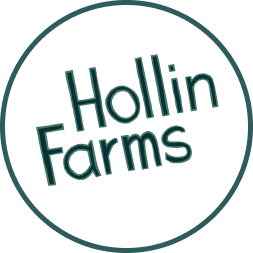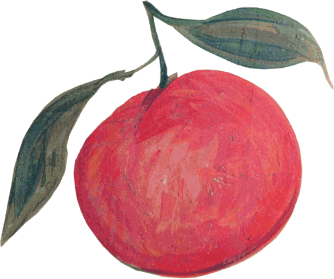
History
Hollin Farm HISTORY, ALONGSIDE WITH FEW OTHER THINGS
Welcome to Hollin Farms, a family-owned farm located in the heart of Fauquier County, Virginia. With over 70 years of history, the farm has a rich legacy dating back to 1950.
Since then, Hollin Farms has evolved into a thriving agricultural operation that welcomes visitors from near and far to experience the beauty and bounty of the land. Today, the farm is run by third generation farmer, Matt, and his wife Shannon, who are committed to carrying on their family’s legacy while also staying true to their values of sustainability and land stewardship. With pick-your-own options for cherries, peaches, apples, and more, visitors are invited to come and experience the farm’s unique blend of history, tradition, and modern agricultural practices.
-
1950

Acquired by the late Robert C. Davenport in 1950, the farm known as Aspen Hill was in rough shape, with overgrown pastures in need of clearing. But with hard work and dedication, Davenport transformed the property into a thriving agricultural center. An old log cabin on the land was renovated and now serves as the centerpiece of the main house, a charming symbol of the farm’s history and evolution over the years.
-
1951
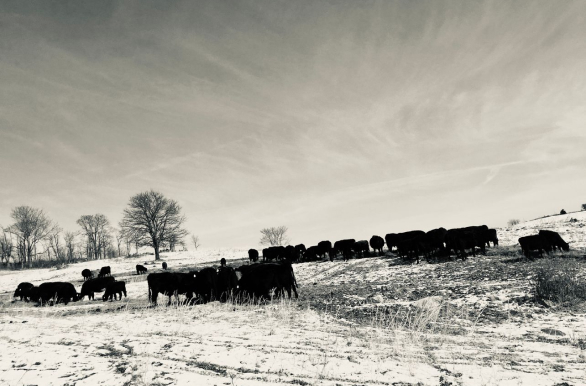
In 1951, the first 30 cows arrived on the farm, marking the beginning of the farm’s cattle-raising operations.
-
1957
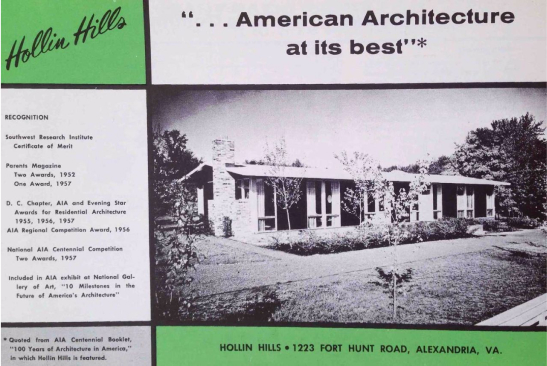
The Hollin Hills connection: Hollin Hills is a community of 400 houses located in Alexandria, Virginia. These houses were built in the 1950s and 60s by Robert Davenport, while he was also running the farm in Delaplane. Awarded the test of time award from the Virginia Architects Association.
-
1959
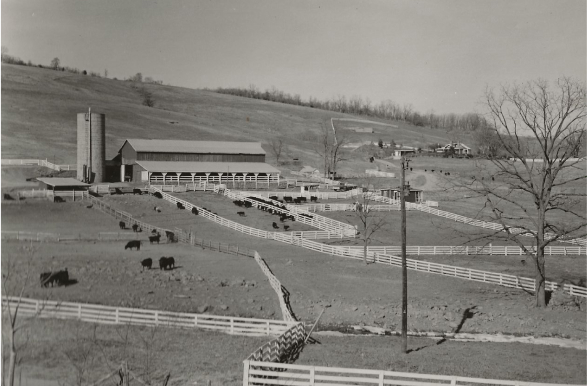
During the 1950s, the majority of the farm’s barns were constructed using lumber sawn directly from the property. A dedicated crew arrived on site with a mobile mill, cutting the wood on location.
-
1960
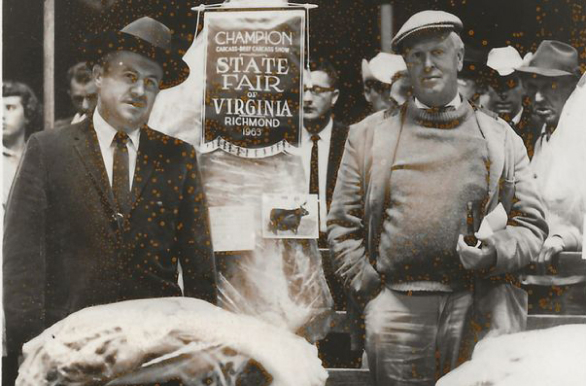
During the 1960s, Hollin Farm achieved a remarkable feat, winning the Grand Champion title at the State Fair of Virginia for Beef Carcass three years in a row. This impressive accomplishment was a testament to the farm’s commitment to raising top-quality beef, and solidified its reputation as a leading Angus cattle operation in the region.
-
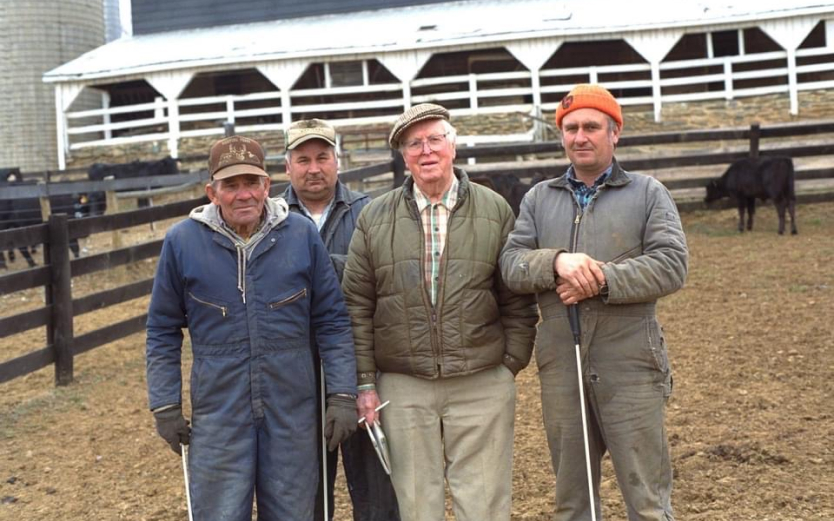
Throughout the 1970s and 80s, Hollin Farm’s registered Angus herd numbered around 200 head. During this time, the farm focused on performance testing their bulls. Bulls were sold to mainly commercial cattle operations throughout the region. Thanks to this emphasis on quality and attention to detail, Hollin Farm became a trusted source of top-performing bulls and gained a reputation as a leader in the beef industry.
-
1990
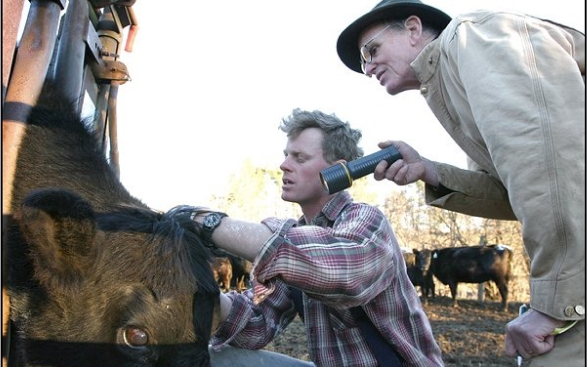
1990’s : Matt and Tom joined the operation. Working cattle in the chute.
-
2002

In 2002, the first peach trees were planted at Hollin Farm, adding a new dimension to the farm’s offerings. Shortly thereafter, strawberries were added to the lineup.
-
2006
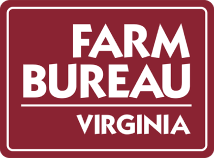

In 2006, Hollin Farm introduced its first “pick your own” program, inviting visitors to come and experience the joy of harvesting their own fresh produce straight from the fields. This quickly became a beloved tradition for families throughout the region.
That same year, Matt and Shannon were honored with the prestigious Farm Achievement Award from the Farm Bureau of Virginia, recognizing their hard work and dedication to sustainable farming practices and innovative agricultural techniques.
-
2010
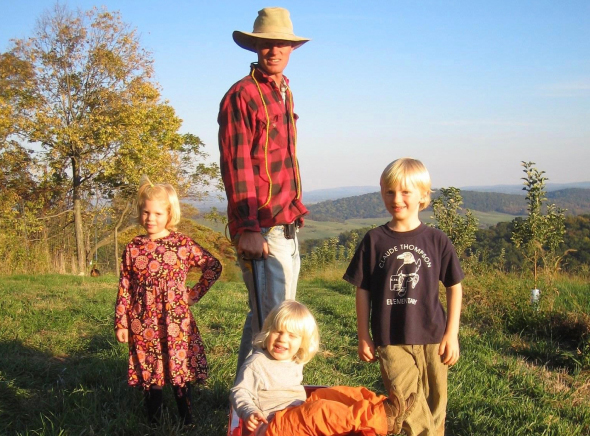
Hollin Farm planted apple trees, plums, pears, and cherries in 2010, expanding their orchard offerings. In 2020, the original peach trees were replanted with new ones, ensuring visitors could continue to enjoy fresh, succulent peaches.
-
2023

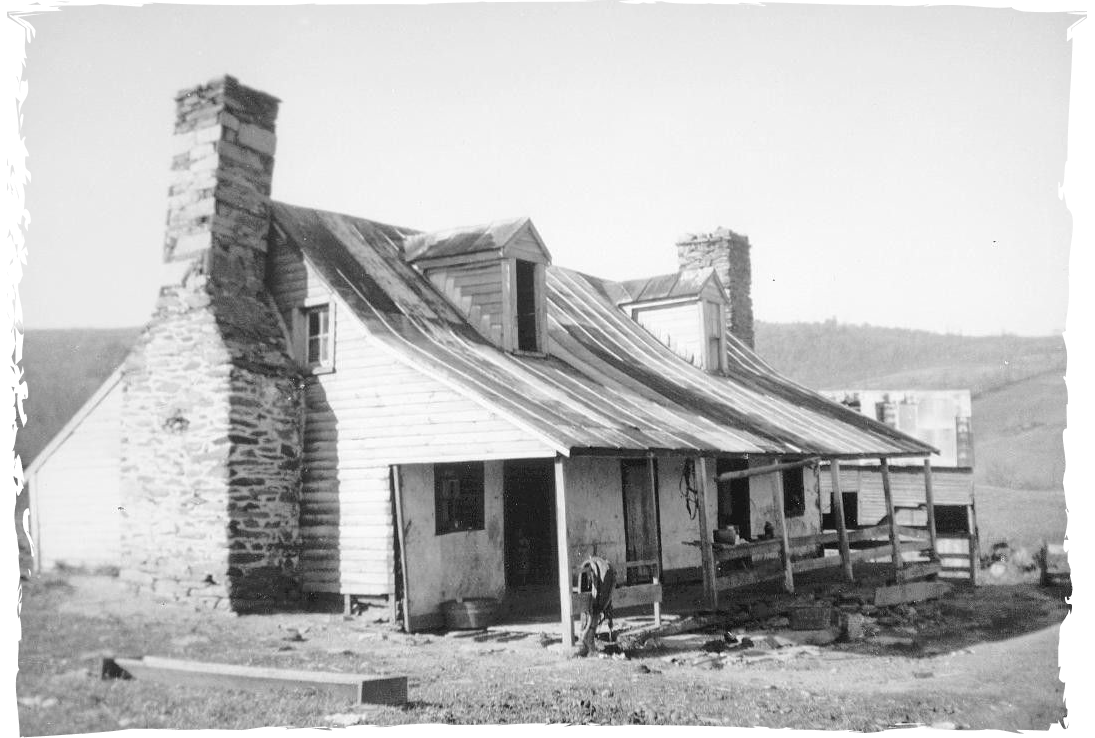
Originally built in around 1790 by Jacob Hayes, the creek that runs through the farm is called “Hayes Branch”. Later the Home of Jesse Nalley and then the home of William Ferguson.

Originally built in around 1790 by Jacob Hayes, the creek that runs through the farm is called “Hayes Branch”. Later the Home of Jesse Nalley and then the home of William Ferguson.

Originally built in around 1790 by Jacob Hayes, the creek that runs through the farm is called “Hayes Branch”. Later the Home of Jesse Nalley and then the home of William Ferguson.

Originally built in around 1790 by Jacob Hayes, the creek that runs through the farm is called “Hayes Branch”. Later the Home of Jesse Nalley and then the home of William Ferguson.

Originally built in around 1790 by Jacob Hayes, the creek that runs through the farm is called “Hayes Branch”. Later the Home of Jesse Nalley and then the home of William Ferguson.

Originally built in around 1790 by Jacob Hayes, the creek that runs through the farm is called “Hayes Branch”. Later the Home of Jesse Nalley and then the home of William Ferguson.

Originally built in around 1790 by Jacob Hayes, the creek that runs through the farm is called “Hayes Branch”. Later the Home of Jesse Nalley and then the home of William Ferguson.

Originally built in around 1790 by Jacob Hayes, the creek that runs through the farm is called “Hayes Branch”. Later the Home of Jesse Nalley and then the home of William Ferguson.

Originally built in around 1790 by Jacob Hayes, the creek that runs through the farm is called “Hayes Branch”. Later the Home of Jesse Nalley and then the home of William Ferguson.

